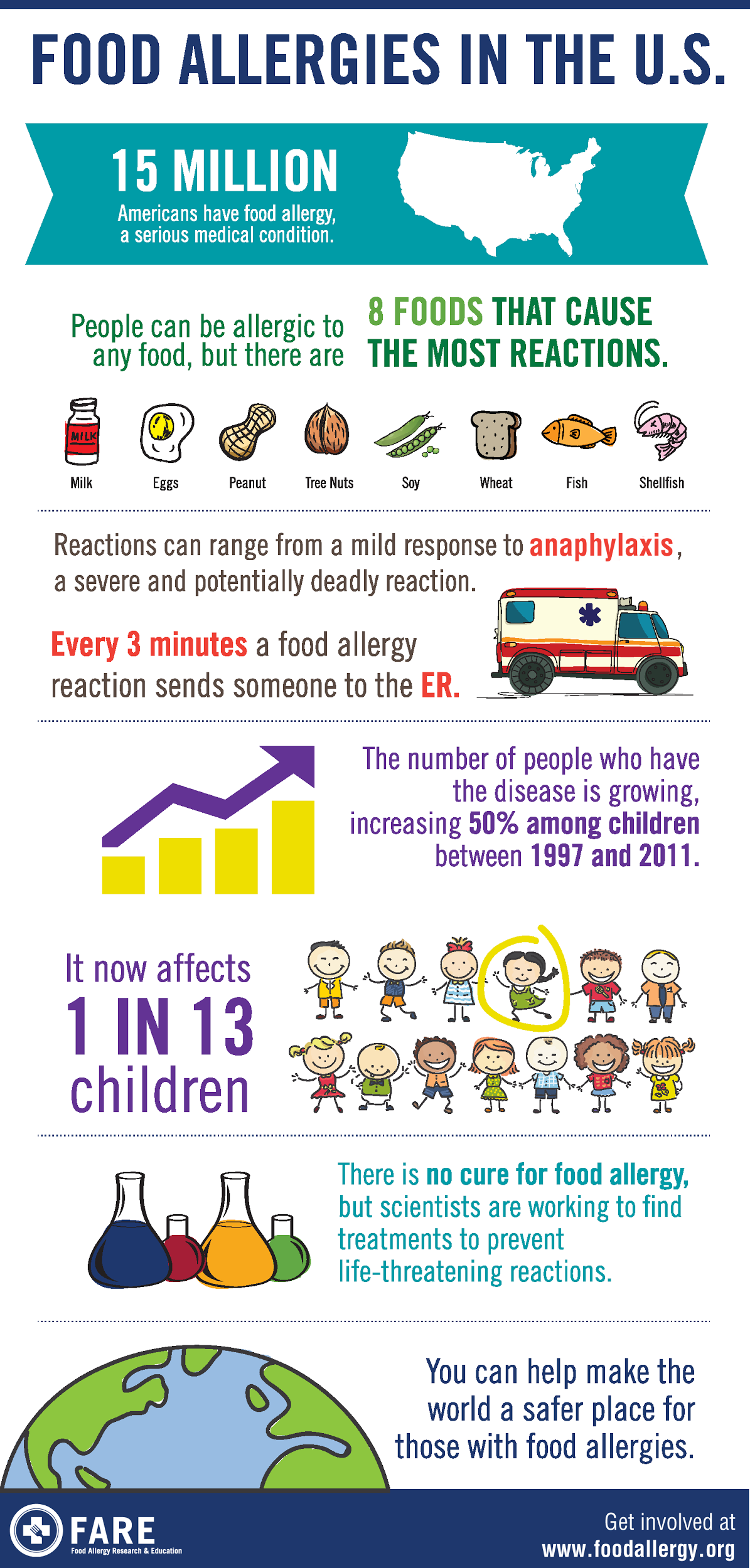
As you know, food allergies are a topic near and dear to our hearts here at Gerbs Allergen Friendly Foods. Food Allergy Awareness Week is May 14th – May 20th, and, as part of our commitment to families and customers with food allergies, we’re putting the spotlight on the seriousness of food allergies with some of our top tips to prevent cross-contact at home and eating out.
We think everyone deserves to feel safe and secure while eating the wholesome foods they love, and that’s why the Gerbs entire product line will always be FREE from the top 12 recognized allergens: gluten, wheat, peanut, tree nut, legume, soy, dairy/milk, egg, sesame, mustard, fish, and crustaceans!

The prevalence of childhood food allergies have been increasing the past 20 years, and now 1 in 13 children in this country has a food allergy. While there are no cures for food allergies, careful avoidance of food allergens is a vital and effective measure to prevent serious health consequences. As the Gerbs Nutrition Moms and Registered Dietitians, we understand the constant vigilance it takes to keep you and your loved ones safe from potential allergen exposure.
Preventing cross-contact of allergy-free foods with allergens is equally important both at home and when eating out. Cross-contact happens when an allergy-containing food comes into contact with another food and leaves traces of its allergenic proteins. Though the amount of an allergen that may become mixed in can be so small that you can’t even see it, even a tiny amount of food protein can cause reactions in people with food allergies. Proper cooking does NOT reduce or eliminate the chances of a food allergy reaction, so the taking the proper precautions is key. Here are our top five tips to prevent allergen exposure at home and while eating out:
1. Label foods in your home as “Safe” or “Not Safe”
If you don’t keep an allergen-free home, labeling allergen-free and allergenic foods with easily identifiable markers is key, especially if you have both “safe” and “unsafe” versions of the same items. Never store these products side by side!
2. Cook allergy friendly meals first, and thoroughly wash all kitchen tools with soap and water
Always use utensils and pans that have been thoroughly washed with soap and water before cooking allergen-free meals. Cook allergy friendly meals first before any other foods, and wash your hands with soap and warm water prior to serving an allergy friendly meal.
3. Make your kitchen allergy-friendly
Purchase designated allergy-friendly cutting boards, plates, and utensils, and store in a separate area. In order to fully remove allergenic food proteins from kitchen tools and surfaces that have been in contact with allergy containing foods, always wash them down with soap and water. Just wiping away the crumbs is not enough!
4. Don’t be afraid to start over
If cross-contact occurs during food preparation, ALWAYS start over to remake the allergy-friendly meal.
5. Ask questions! Call ahead when eating out
Speak to the chef or manager about cross-contact before arriving at a restaurant. Ask if the kitchen offers separate areas, cutting boards, and utensils to prepare meals for special diets, and can sanitize your table before you arrive.
Allergy-friendly restaurants should never share a grill or fryer for cooking both regular meals and allergy-friendly ones. Make sure someone other than the server can be available to deliver an allergy-friendly meal – servers often carry several overlapping plates which increase the risk for cross-contact.
Special thank you to Eliza Mellion, a nutrition student at Simmons College who helped write this post.
Leave a Reply